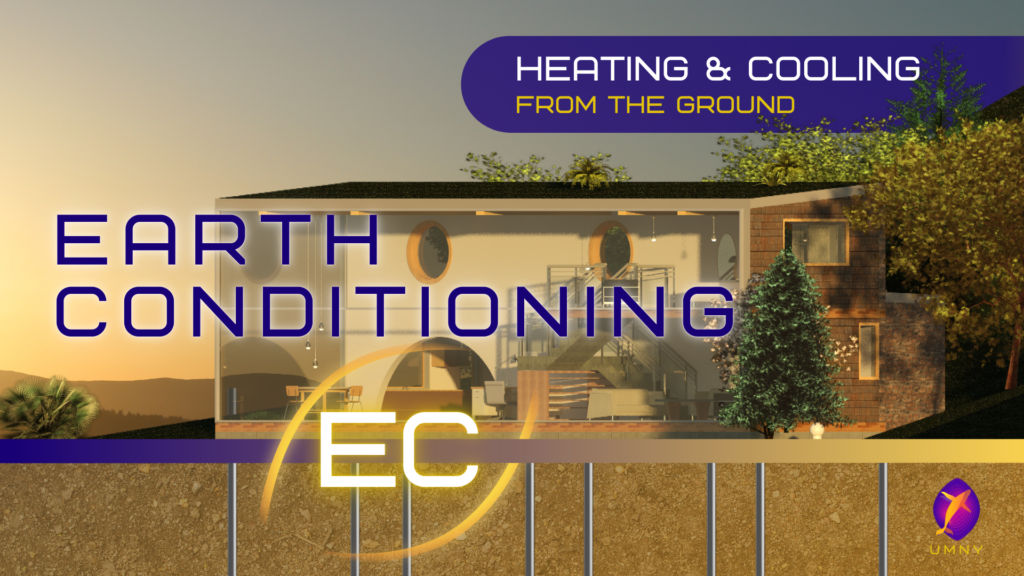Geothermal energy is rightfully gaining recognition in the renewable field for its ability to produce highly efficient energy without greenhouse gas emissions.
(See Google’s new office building)
Like solar and wind, geothermal is poised to become the next big source of development, growth, and innovation in the industry, but it faces one major problem: public understandability.
(See barriers against renewable energy technologies diffusion)
Mainly, how do we communicate the difference between electricity generating geothermal energy projects (and the association between using deep ground, lava-drawn steam), and heating and cooling generating geothermal energy projects (sometimes called geo-exchange, in-ground heat exchangers, or simply ground-source heat pumps).
Adopters and investors will benefit from having an automatically clear distinction between whether a product/system will provide electricity, or heating and cooling.
Since this is a science communication problem, we at Umny Inc are working to build this distinction. We believe that Earth Conditioning (E/C or EC) may be a better term to describe the geothermal technology that creates heating and cooling.

Like Air Conditioning (A/C or AC), Earth Conditioning is easily understood as providing thermal energy. In buildings, conditioning is the term used to describe intentional heating or cooling of a space. The association between A/C and E/C is an added benefit as it highlights the incredible potential for earth conditioning systems to use the ground to cool buildings – without the high energy cost of conventional cooling equipment. As well, the association between electrification of thermal energy with AC units distinguishes EC systems from traditional combustion-based heating equipment like furnaces, further highlighting their benefits.
Finally, referring to the “earth” instead of “geo” creates a distinction between the natural resources below ground. “Geo” is a term that describes many phenomena of the environment, but in the case of energy it is most easily associated with deep ground energy from lava. Earth Conditioning distinguishes itself from deep ground systems by referring more to the surface of the earth. This reinforces a connection between the shallower ground used by these systems, and the potential for them to be built anywhere on earth (unlike geothermal which requires certain ground temperature conditions).
Ultimately, to increase the widespread adoption of this renewable technology, we’ve got to make it immediately understandable to everyone. Imagining a future where it’s common to say, “Hey can you turn on the E/C?”
Do you have an idea for a different name? We’d love to hear from you!
